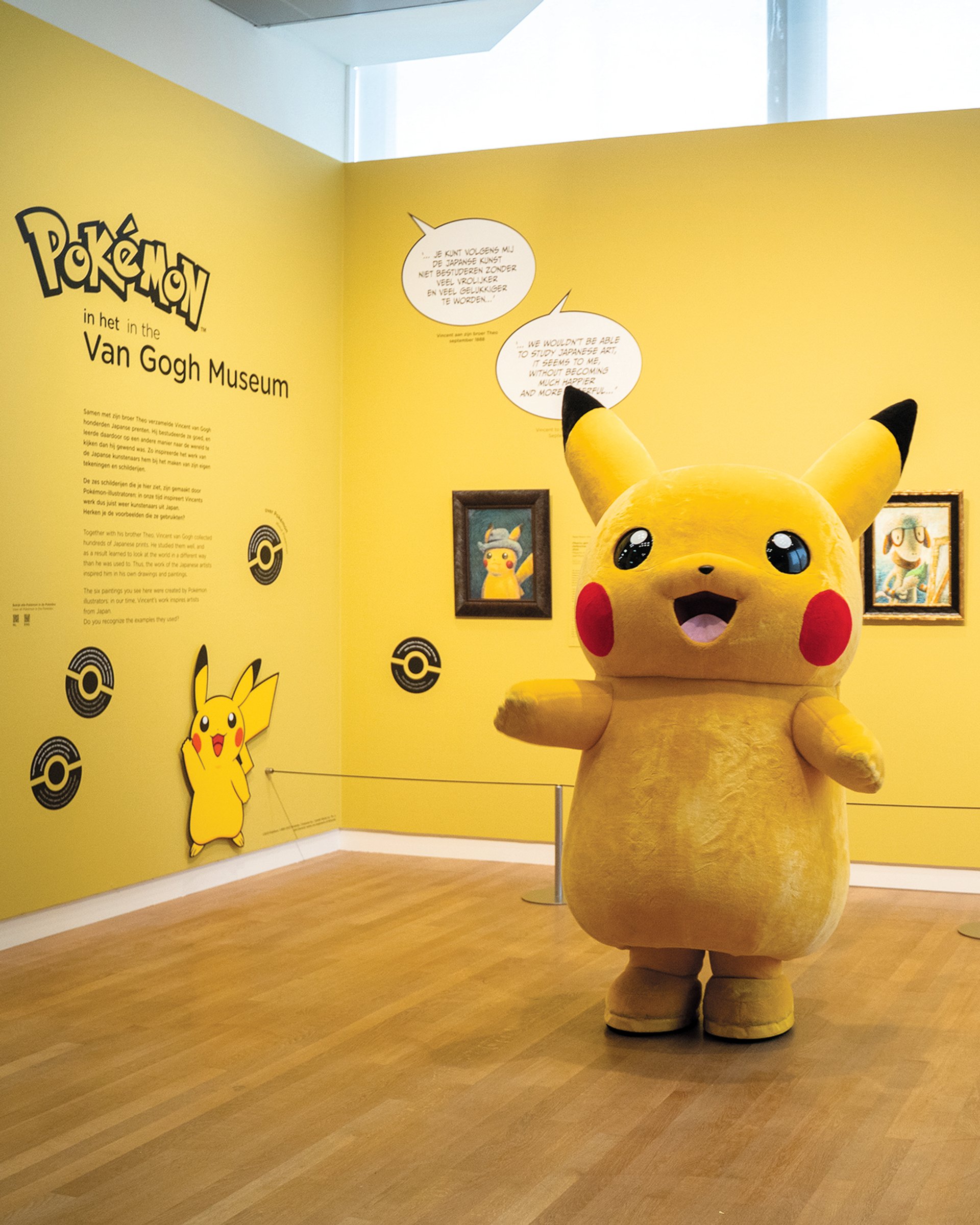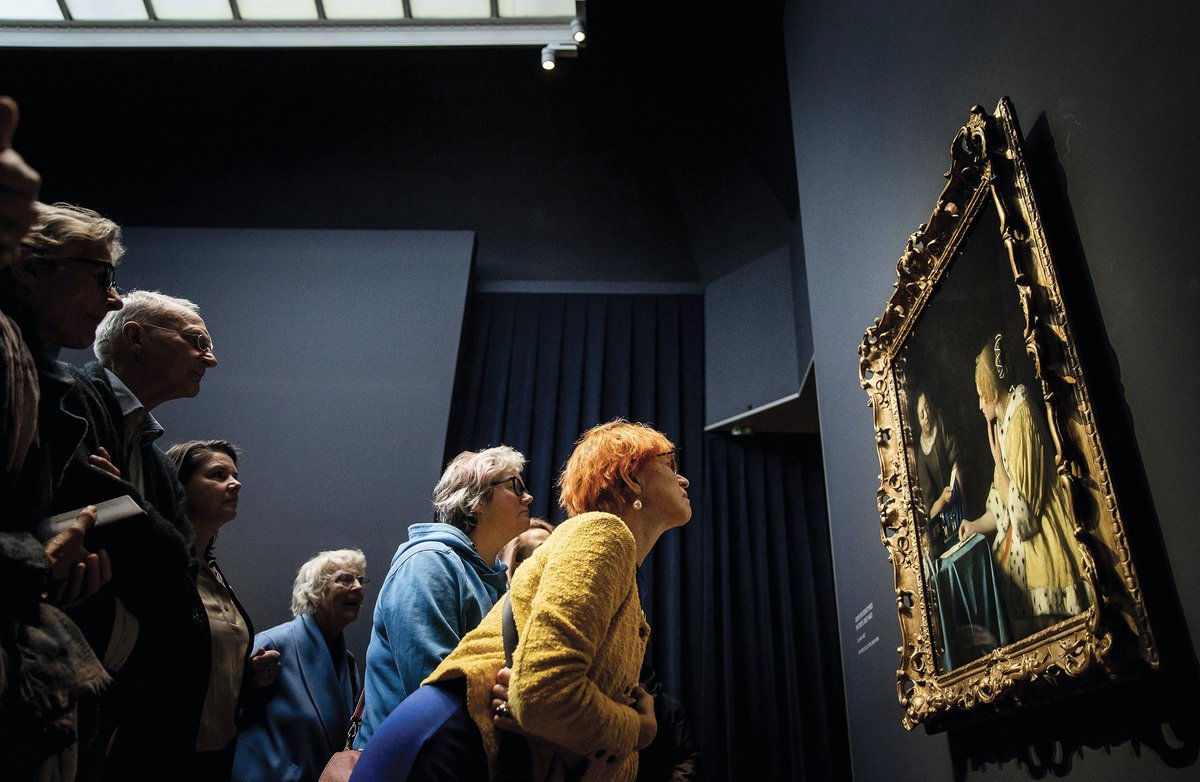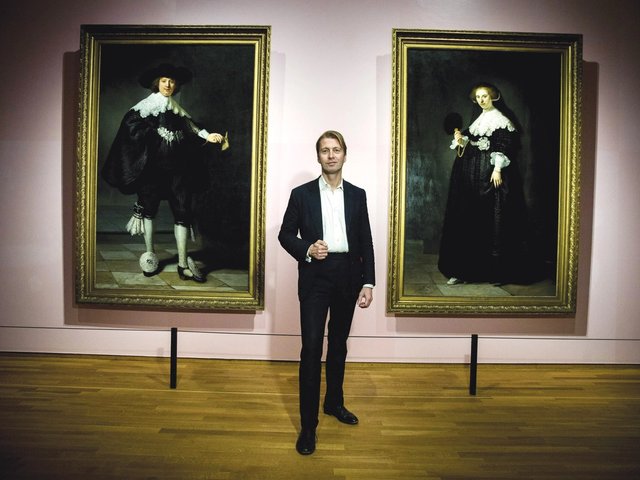When the Rijksmuseum in Amsterdam showed 28 of the Dutch 17th-century master Johannes Vermeer’s 35 extant works last year, everyone knew it would be an extraordinary experience. But Taco Dibbits, the museum’s general director, was astonished to sell 654,000 tickets to the show called simply Vermeer. A month after opening, The Times in London announced “Vermeer madness” was in full swing, with everyone shaking down contacts for a ticket because official sales had closed. The only way to get a spot was to join the Rijksmuseum “Friends” membership programme until that scheme temporarily closed, too.
Dibbits says the overwhelming level of international interest in the exhibition, which ran from 10 February to 4 June 2023, was the biggest surprise. “I’m one of those people who always thinks that when I organise a party, nobody’s going to come,” he says. “I thought we would sell out and would probably have about half a million visitors. In the end we had 650,000, but we could have easily sold two million tickets. That’s something I didn’t expect.”
As the dust settles on the show, one of the most successful in the history of the Dutch national museum, the lessons learned are about streamlining a huge flow of visitors, giving access to all groups and also thinking about who else can benefit.
I always think that when I organise a party, no one will come.Taco Dibbits, general director, Rijksmuseum
There was a decision from the start to use timed bookings and limit visitor numbers, Dibbits says. “We knew it would be a show which would attract a lot of attention and we immediately decided—to be able to give the visitor a better experience—to limit the amount of tickets we would sell. So we started off with quite a low amount and then went up, testing the experience. At a certain point, people found it really too crowded and we stopped the amount of tickets [per time block]. It was about how to give the best visitor experience but still have as many people as possible.”
One challenge was how to manage two different visitor flows: the people coming to the regular museum—last year, 2.7 million of them—and the Vermeer visitors. The Rijksmuseum created a room full of self-service lockers in the Philips Wing, saving time waiting in the normal cloakroom queue. “It was [a practical lesson] to immediately, at the entrance, divide those two streams of people,” Dibbits says. “For the first time, we worked with lockers: people come and they just want to put their own coat away because you don’t have to wait in line.”
But a problem with having reserved times was how to ensure that the show was available for everyone. “If you sell tickets only online with block times, and you’re likely to sell out very soon, you get a more traditional audience: people who have access to mobile telephones, who have the capacity to buy tickets online, a bank account,” he says. “And you get people who plan ahead, usually of a certain age; I’m in that bracket. So, in the last days of the exhibition we opened throughout the night; we gave those tickets free, and advertised on sites young people visit to get the younger audience in. Booking online is a fantastic tool to regulate flow and experience but we still have to look for ways to have diversity.”
The museum also organised special evenings for crowd-averse people, those who are hypersensitive andthe neurodiverse. “There are people who have special needs for visiting a museum, and it’s very important that you think about how you are able to welcome them,” Dibbits says.
Unfortunately, ticket touts were unavoidable. “You can’t do anything against people buying tickets and selling them online: it’s the same with pop concerts and not something you can really avoid,” Dibbits says.

Yellow fever: high levels of interest in the Pokémon x Van Gogh Museum show led to touts trying to buy visitors’ souvenir cards, as well as reports of staff misconduct Photo: The Pokémon Company International
This was a phenomenon that took the nearby Van Gogh Museum by surprise in 2023, when it opened its own popular show, Pokémon x Van Gogh Museum. It launched in September with a special evening for press, influencers and museum staff but employees privately confessed that they were horrified when the exhibition’s promotional material took on a life of its own.
Touts approached visitors—including children—who left the show with a special free Pokémon card in the style of Van Gogh’s Self-Portrait with Grey Felt Hat, offering them €40 to sell them, while prices online spiralled. Four museum staff were reportedly sacked for alleged misconduct, involving the acquisition and sale of themed merchandise.
The Van Gogh Museum declined to speak to The Art Newspaper about lessons learned. It received 1.7 million visitors in 2023 but says it “has shifted its focus from quantity to quality”. Its efforts to reach out to new audiences continue: there are monthly yoga sessions, for instance, and a new programme on mental wellbeing.
Back at the Rijksmuseum, there are responsibilities that come with a blockbuster, says Dibbits, although he hesitates to use that term because only the public can decide whether something is good. One is to tempt people to visit your other artistic offerings while they are there. “To keep art in the 17th century relevant, you do need once in a while to make a show with a name they recognise,” he says. “Then once they’re in, you can help them discover many more things. That’s basically the thought behind a blockbuster.”
Uniting a group of masterworks is also extremely helpful in terms of research, Dibbits believes, and the exhibition showed that many people are fascinated by what the latest investigative techniques can reveal about great artists. “We found there was a large interest in the research that we did for the exhibition,” he says. “You need to find a hook to get people in, an angle which is interesting for them.”
The 100 most popular art museums in the world—blockbusters, bots and bounce-backs
The director also feels that larger museums should try to help smaller ones when they put on these kinds of popular shows. The Rijksmuseum worked in close collaboration with Vermeer Centrum in Delft, which ran an exhibition about the artist’s period and saw a huge increase in visitors. “I think that’s a duty, when you make these exhibitions, that you try to do it also with smaller regional museums, so people visit there as well and it’s good for everybody,” he says.
Finally, it is worth giving thought to what happens to the materials used for such a show. In this case, the hundreds of metres of floor-to-ceiling curtains served a treble function. They helped to fill ten large rooms, when the number of paintings shown was relatively small; they had a strong acoustic effect in dampening the noise of large crowds; and they made an excellent giveaway.
“With a blockbuster exhibition, you have to think about impact and also the environment,” Dibbits says. “We made bags from the curtains and we distributed them at the Voedselbank, a charitable organisation that distributes food. They were distributed to people who couldn’t afford to buy curtains—and curtains are bloody expensive! They were gone within seconds.”








